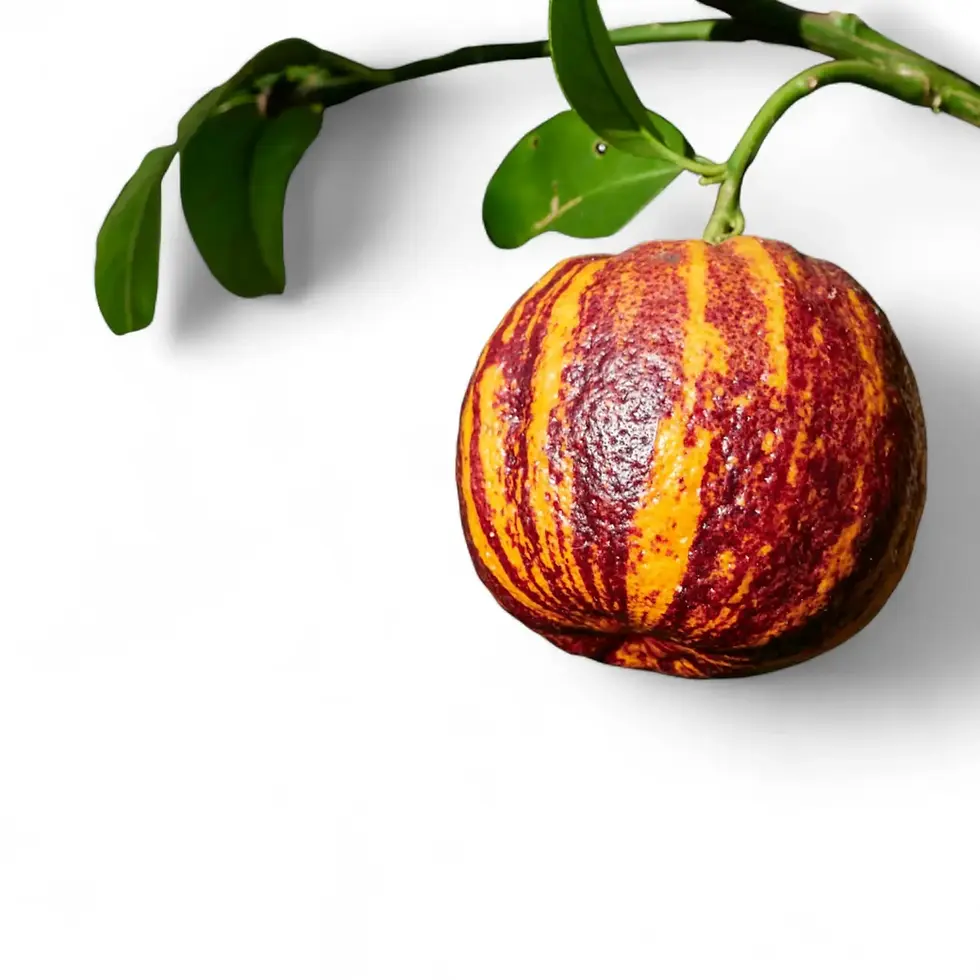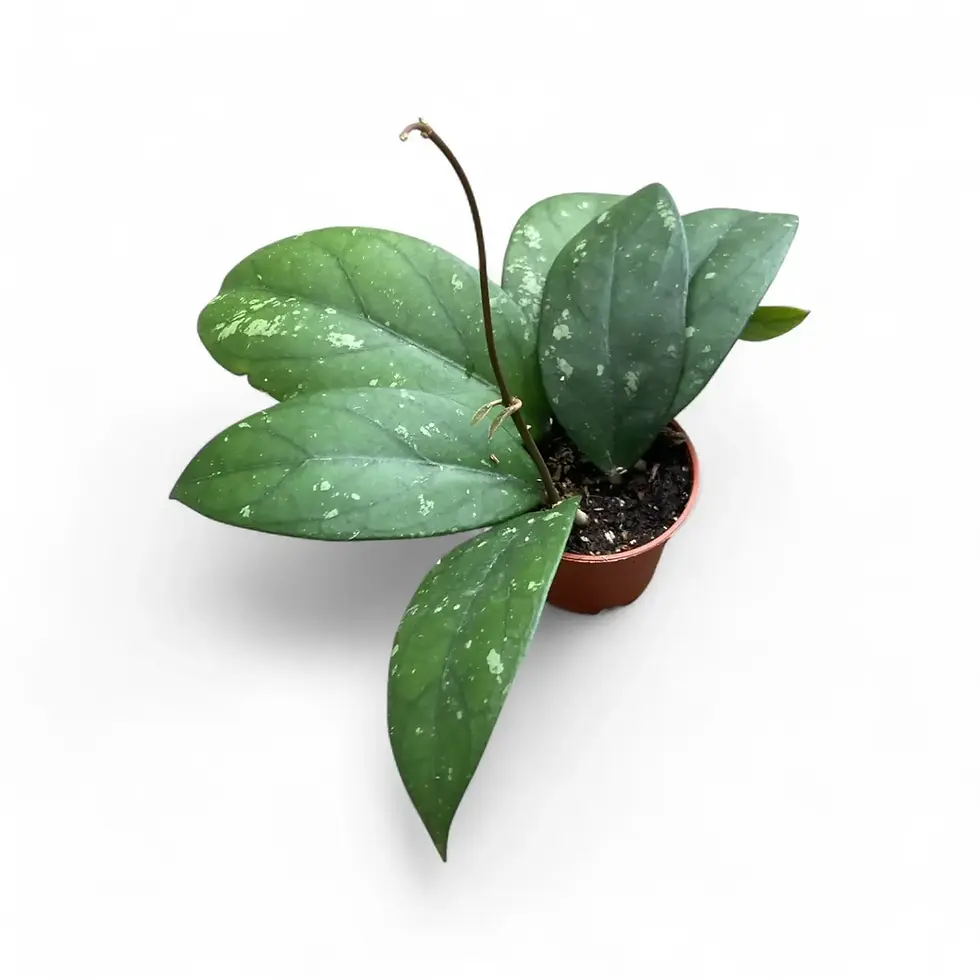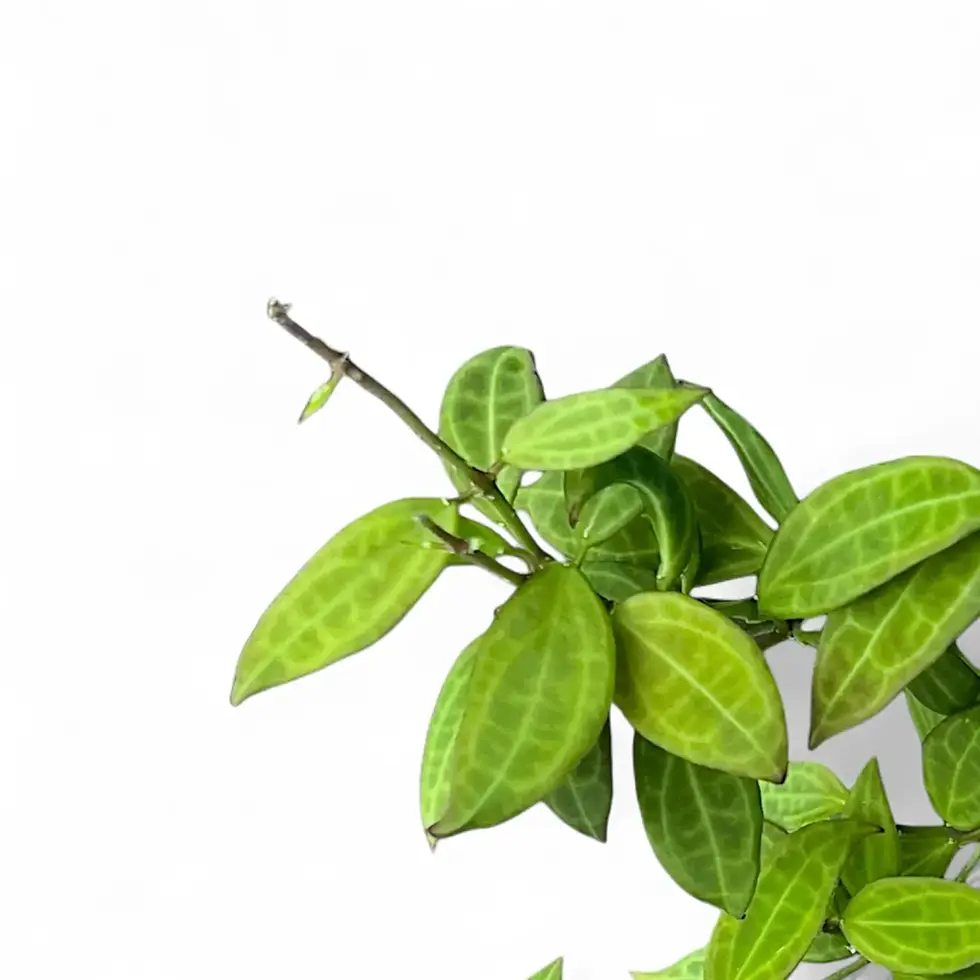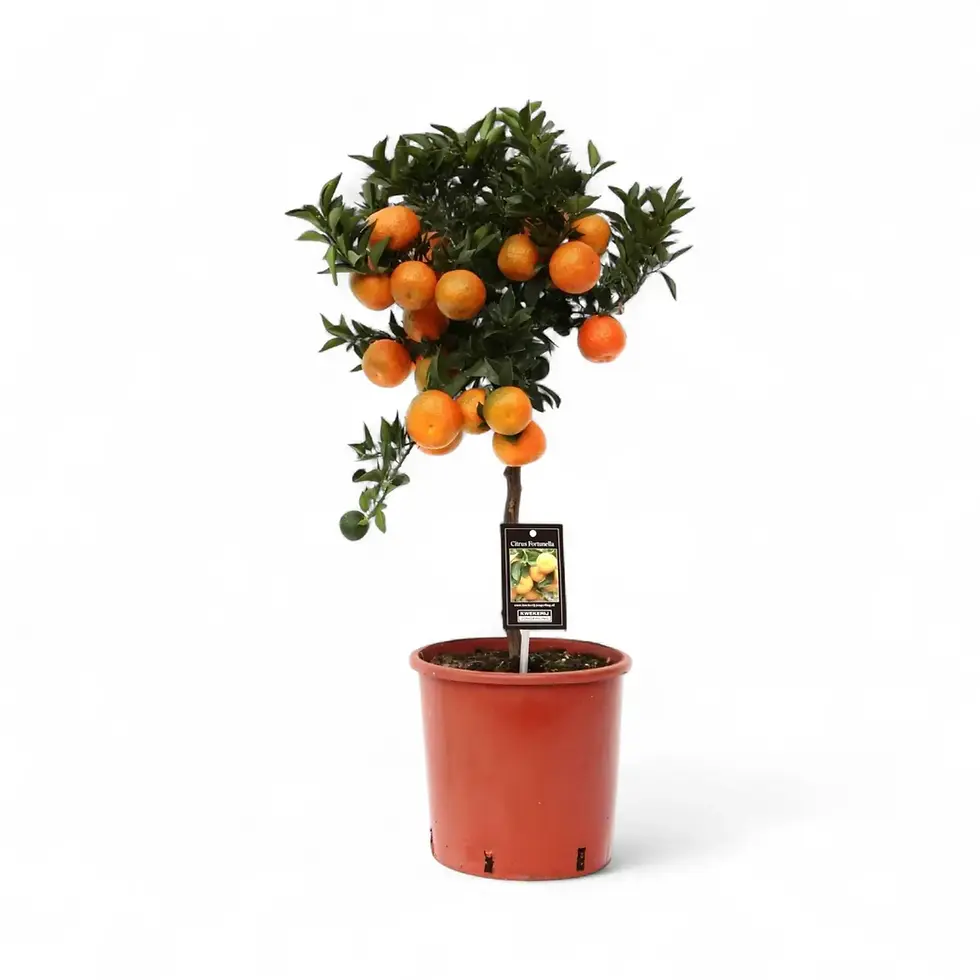Alocasia 'Antoro Velvet' – Compact Velvet-Leaf Aroid for Dark, Sophisticated Foliage
Alocasia 'Antoro Velvet' is a rare velvet-leaf Alocasia from the longiloba group, selected for near-black foliage, fine velvety texture, and upright, space-efficient growth. Often associated in horticulture with the unpublished name Alocasia chienlii (within the longiloba complex), this compact tropical aroid rewards stable warmth, humidity, and careful watering with striking, sculptural leaves.
Why Collectors Choose Alocasia 'Antoro Velvet'
- Velvet Texture: Deep green to nearly black leaves with matte, velvety surface; underside medium green.
- Leaf Form & Size: Broadly ovate to sagittate blades, typically 20–30 cm long with subtly raised, paler venation.
- Compact Habit: Upright, rhizomatous growth reaching about 60–90 cm indoors; short internodes create a tidy silhouette.
- Petiole & Sheath: Sturdy green petioles, sometimes lightly striated; partial sheaths enclose the blade base.
- Toxicity: Contains calcium oxalate crystals (raphides); irritating if ingested or handled roughly.
From Borneo Forests to Your Plant Shelf
Selection draws inspiration from longiloba-group forms native to Borneo’s tropical montane forests, commonly observed between roughly 500–1500 m. In nature, plants grow in filtered light, warm air, high humidity, and airy, humus-rich substrates. Indoors, mirroring this microclimate preserves velvet texture and maintains saturated colour.
Care Tactics for Year-Round Leaf Quality
- Light: Bright, indirect light keeps colour rich; shield from direct midday sun to avoid scorch and fade.
- Water: Let the top 3–4 cm of substrate dry before watering again. Maintain even moisture during active growth; never keep soil soggy.
- Humidity & Temperature: Best at 60–80% humidity with gentle airflow. Keep 18–24°C; avoid dips below 15°C.
- Soil: Breathable mix of coconut coir, orchid bark, and perlite for drainage and aeration.
- Feeding: Light but regular feeding every 4–6 weeks with a balanced liquid fertilizer; occasional Ca–Mg supplement helps prevent interveinal chlorosis on older leaves.
- Semi-Hydro: Adapts to inert, semi-hydro substrates when oxygenation is high and nutrient dosing is consistent; flush periodically to prevent salt buildup.
- Leaf Care: Wipe gently with a damp cloth; minimise abrasion to protect the velvet nap.
Avoiding Common Pitfalls with Velvet-Leaf Alocasia
- Pests: Monitor for spider mites, thrips, mealybugs, and scale. Treat early with insecticidal soap or neem; repeat per label.
- Root Health: Use airy substrate and a pot with drainage; chronic saturation leads to rot.
- Leaf Spots: Overhead wetting plus stagnant air can invite bacterial leaf spot; water at substrate level and ensure airflow.
- Tip Burn / Browning Edges: Often linked to low humidity or fertiliser salts; raise humidity and flush the mix occasionally with plain water.
Setup Tips for Small Spaces
- Position slightly off-axis to a bright window for soft, all-day light without direct sun.
- Use breathable containers (e.g., terracotta) to balance moisture and oxygen at roots.
- Rotate every few weeks for even growth and symmetrical leaf presentation.
Notes on Naming
‘Antoro Velvet’ is a horticultural selection name. Association with Alocasia chienlii appears in trade for longiloba-group plants, but chienlii has not been validly published; treating this cultivar within the longiloba complex is the most accurate approach for current use.
Frequently Asked Questions
Why are new leaves paler than older ones?
Fresh leaves harden off over 1–2 weeks. Ensure bright, indirect light and steady nutrients; consider a Ca–Mg supplement if older leaves show interveinal yellowing.
Will Alocasia 'Antoro Velvet' cope in an open room?
Yes at ~60% humidity with stable warmth and precise watering, though leaf quality is usually superior in consistently humid setups.
Does it go dormant indoors?
Growth may slow during cooler, low-light months. Reduce watering slightly, but do not let the root zone fully dry.
What potting schedule works best?
Repot every 2–3 years or when roots fill the container; refresh the mix to maintain aeration and nutrient balance.
Is Alocasia 'Antoro Velvet' safe for pets?
No. Like many aroids, tissues contain calcium oxalate crystals; keep out of reach of pets and children.
Add Alocasia 'Antoro Velvet' to Your Collection
Bring refined, dark velvet foliage to compact spaces with Alocasia 'Antoro Velvet'. Order now and grow a rare tropical centrepiece with character and depth.
Alocasia 'Antoro velvet'
Alocasia 'Antoro velvet' plants come in following sizes:
Baby Plant – comes in a ⌀ 6 cm pot and is approximately 10 cm tall
S – comes in a ⌀ 10.5 cm pot and is approximately 20 cm tall
L – comes in a ⌀ 14 cm pot and is approximately 30 cm tall
































